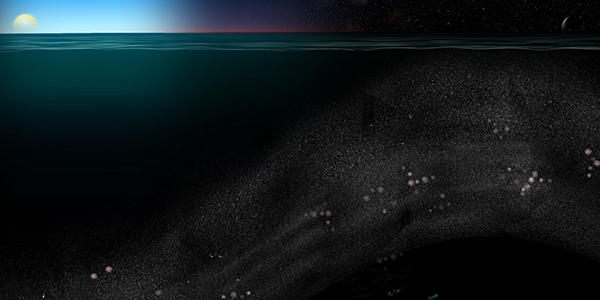
The ups and downs of a great vertical migration
By Hannah Seo Many water dwellers – from plankton to large fish – commute daily from the depths to the surface. Researchers are starting to shed light on this still poorly understood phenomenon. Read more
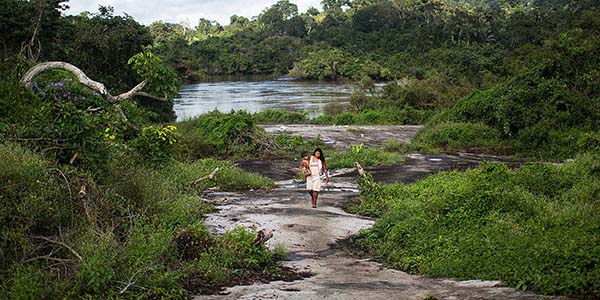
Why there’s no such thing as pristine nature
By Julia Rosen A growing body of research shows that people have been shaping the planet for millennia — muddying the very idea of wilderness and prompting calls for a revolution in ecology and conservation Read more
Registration now open
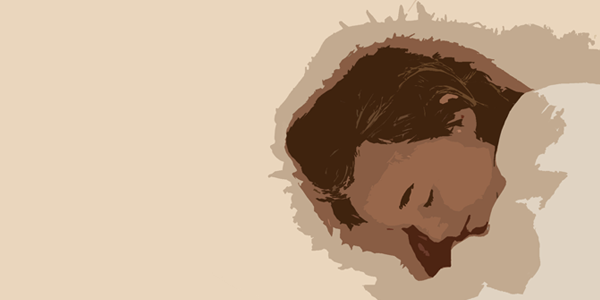
Why sleep matter for personal and public health
Wednesday, January 19, 2022 | 9 AM San Francisco PST | Noon New York EST
Sleep matters: Disrupted sleep ups the risks for heart disease, cancer and depression. How? And what can be done about the inequities that leave communities of color and poor people at greater risk?
From the archives
Fitness trackers are great at detecting heart rate and physical activities like walking — and now they’re getting better at assessing the physiological signals of a Covid infection. A new study testing such a Covid-alert system detected 80 percent of cases before symptoms arrived, Tara Haelle reports at Medscape. Learn more about what these trackers can and can’t (yet) do with our story, or watch our online event from May.
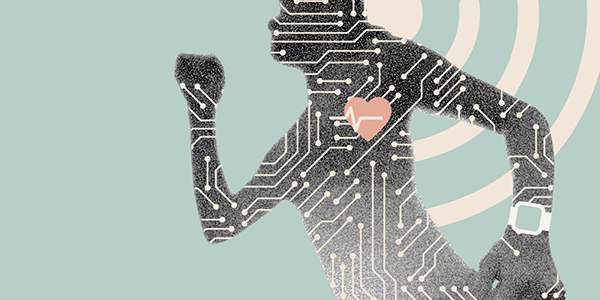
Monitoring our health with smartwatches
VIDEO: Wearable devices are increasingly used for tracking health data and identifying problems. Watch the conversation from Wednesday, May 26 exploring the promise and pitfalls of personal tech. Watch now
December 1 was World AIDS Day, and in Nature, Anthony Fauci reflects on the enormity of that pandemic and lessons learned. Dive deep with his 1996 paper in the Annual Review of Microbiology, “Immunopathogenesis of HIV infection,” and read our opinion piece by Monica Gandhi, director of the UCSF Center for AIDS Research.

Four ways HIV activists have saved lives during Covid
By Monica Gandhi OPINION: We owe these early fighters a debt of gratitude for transforming our response to public health crises. Read more
What we’re reading
Translating the absurd
“The groom is a hedgehog” probably isn’t a sentence you find yourself uttering regularly. But in the popular language learning app Duolingo, such statements are fairly typical — the program is famous for quirky, seemingly useless phrases. For Slate, Jane C. Hu spoke to scientists, including Duolingo’s own Cindy Blanco to hear why this is the app’s go-to teaching approach. What Hu finds is a clever leveraging of humor and surprise that’s meant to tickle your brain into learning and keep you coming back for more.
A cheaper nickel
Spending 5.9 cents to produce a 5-cent coin might not sound like a bargain. But it’s a steal compared with the current 7-cent price tag of a US nickel. That lower cost may come courtesy of a new metal alloy, reports Prachi Patel, who chatted with one of the project’s scientists for Chemical & Engineering News. Not just any alloy will do. Nickels, like all coins, must resist wear and corrosion. Vending machines identify them via electrical resistivity. And, of course, the color must be right — which, said the scientist, “became one of the primary constraints.”
Meal planning for 8 billion
Crafting a diet that fosters both human and environmental health is trickier than it sounds. Researchers are tackling this dilemma with on-the-ground trials in far-flung locales, from American “food deserts” to schools in Sweden, Gayathri Vaidyanathan reports for Nature. Some of the early results are promising, finding diets that reduce emissions while upping nutrition. But analyses also highlight hurdles — such the importance of animal-sourced food for nourishment in some parts of the world — underscoring the importance of tailoring diets to specific situations.
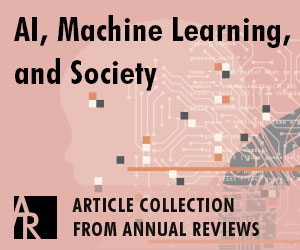
Art & science
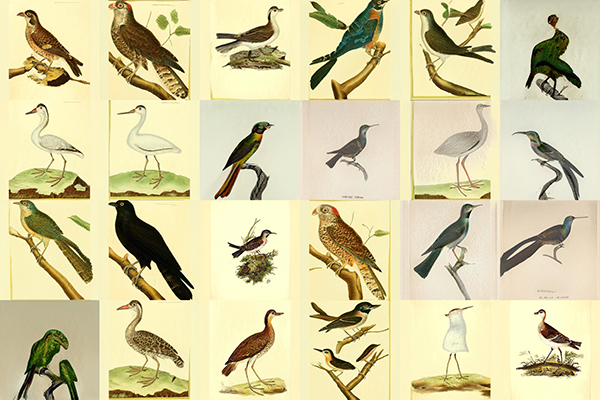
CREDIT: EMILY OLIVER VIA THE COGAPP BLOG
When AI goes cuckoo These birds don’t exist. Oh sure, they look like real illustrations of our feathered friends. But look closely. Something’s amiss with a few of them. The fellow in the upper right corner: His head is mostly detached, and he seems to have two tails. That creature near the lower left more resembles a glum lizard. And what’s with the slumped sack of flour on sticks in the lower right? Well, that’s what you get when you ask a computer to make bird art.
Web developer Emily Oliver used 1,000 real illustrations of birds to teach a neural network how to create its own avian menagerie. On the Cogapp blog at Medium, Oliver describes the project’s genesis, how the neural network does its magic and some of the nightmare illustrations that popped up along the way. Pro tip for horror movie designers: Try blending birds and humans for your next creature feature.



